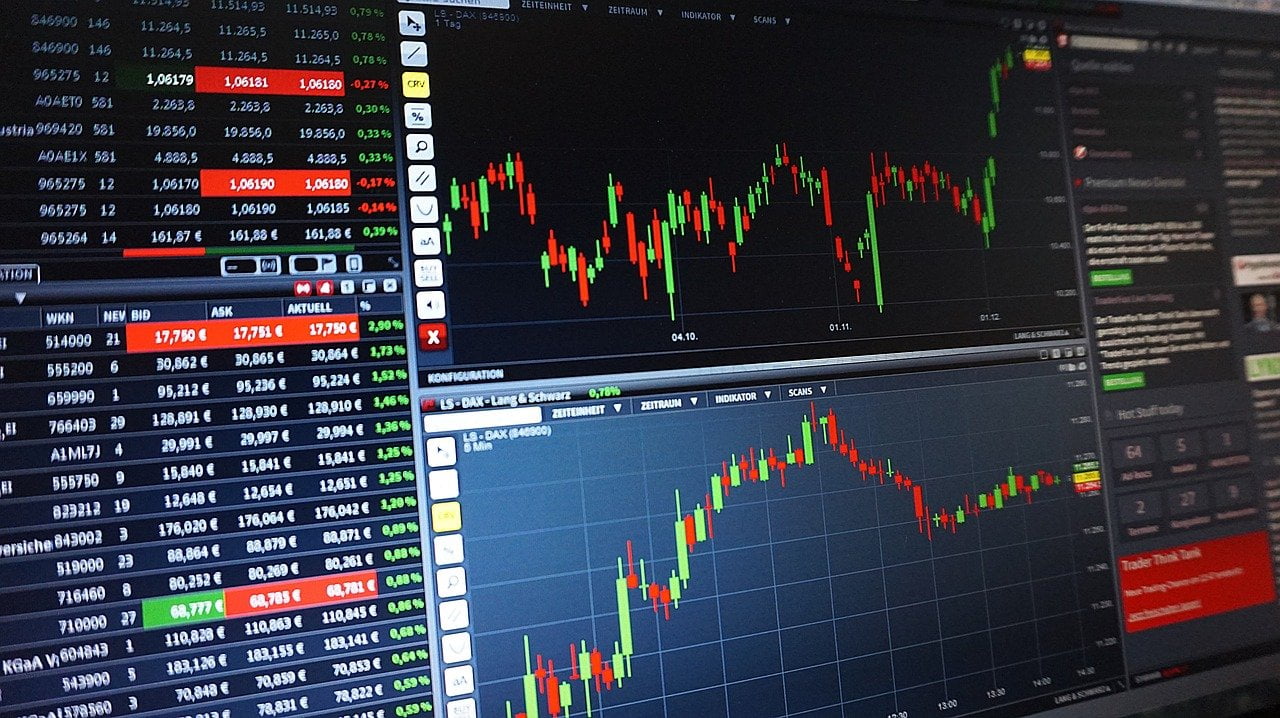Quidel Corporation (NASDAQ:QDEL) is a diagnostic testing company. Although it covers other important areas such as flu, respiratory, viral and herpes testing, it was “put on the map” by COVID-19 tests after 2019. Earnings jumped more than tenfold in 2020 to $18.60 a share, up from $1.73 a share in 2019.* They “declined” slightly to $16.49 in 2021. The company has already booked $11.31 a share in the first quarter, and we regard our 2022 earnings estimate of $17.50 a share, “splitting” the difference between the two previous years, as conservative.
Q1 2022 hedge fund letters, conferences and more
Up to 2019, Quidel had been a fast-growing small cap company, whose stock sold for an average of over 30 times earnings in both 2018 and 2019. So management is no stranger to fast growth, only "hyper" growth of the 2020 variety.
The market reasonably disbelieves the windfall. By pricing the stock at six times current, Covid-19 induced earnings, investors are saying that the current earnings plateau of $15-$20 annually is a hump, and that profits will fall off a cliff once the world gets over Covid-19.
But even if it goes away, we can't just pretend that Covid-19 never happened. The reason is, from 2020-2022 Quidel received an earnings windfall of about $50 a share, over and above what it would have earned without the pandemic. The company ended 2019 with a book value of a little over $13 a share, and this figure will rise to over $70 a share by the end of 2022. Assuming that it takes a year to invest the last installment of these funds, the company can earn $10.50 a share in 2024 just by investing its newly won capital at pre-2020 rates of return. Viewed in this light, the stock looks cheap at less than nine times "second year" earnings (which are lower than the current year's).
Quidel's Earnings Power
The current company has over $5 a share of non-covid-19 earnings power, as well, in early 2022. Sources such as Value Line predict that the company will earn perhaps $7 a share in 2023, which would include essentially no Covid-related earnings. Without Covid-19, the company's share earnings might have been $2.50, $3.50, $5.25, and $7.00 in 2020, 2021, 2022 and 2023, off a pre Covid 19- base of $1.73 in 2019. This is what I meant earlier by a pre-Covid earnings trajectory.
The only issue would that reinvestment seems like the key challenge for Quidel. The company recently acquired Orthocare Diagnostics in a $6 billion transaction, consisting of $4 billion paid to Orthocare shareholders. Of this, just over $2 billion was in Quidel stock, and just under $2 billion in cash payments, financed largely by cash on hand. There was also about $2 billion of assumed Orthocare debt.
Former Quidel shareholders will retain 62% of the combined company. Quidel's debt level will be high by historical standards, but represents only twice the combined company's cash flow, and can be paid off in about three years.
Orthocare's sales and gross profits were comparable to those of the old Quidel, meaning that the company doubled in size through a merger of equals. But Orthocare was much less profitable because its "operating" (mainly selling) expenses are bloated. Quidel can offset the recent share dilution by debt repayment and cost-cutting, and has identified significant initial marketing synergies. Tax loss carryforwards from the new unit (which lost money until recently), will also help.
The estimated 2023 base of $7 a share is conservative. In addition to assuming limited help from Covid-19, it assumes a relatively slow corporate restructuring and debt reduction program. The restructuring of the combined company should presumably be completed by 2025-2026. Therefore, by mid-decade (or shortly thereafter), earnings could be $14 a share, having doubled every two to three years from a 2019 base of $1.73 a share.
By then, Quidel Ortho's earnings growth will presumably no longer be on steroids, barring another acquisition or global event. Even so, if the company reinvests its earnings at a mid to high teens return on equity, as did the pre-Covid Quidel, it will probably generate a high growth trajectory (say 15% a year or more). Under such a scenario, the company could be earning $40 a share in ten years, not much less than half the current stock price in the 90s. Multiply that by a P/E ratio of 25, and the stock could be worth $1000, rising more than "ten times in ten years." That's asking a lot, but people who believed in the stories of Amazon or Google early on got filthy rich.
*Historical figures are sourced from Value Line which adjusts them, and may not agree with those presented by the company, or elsewhere..













